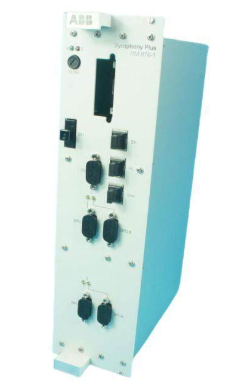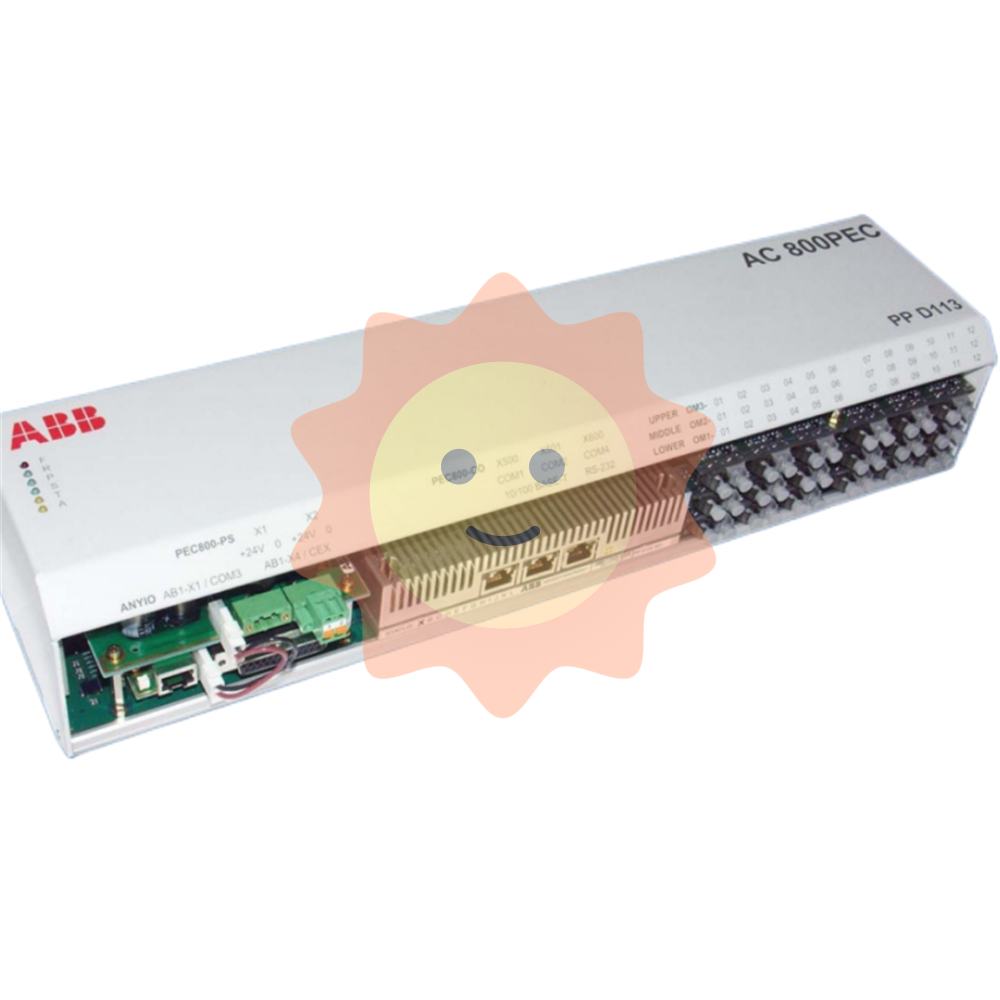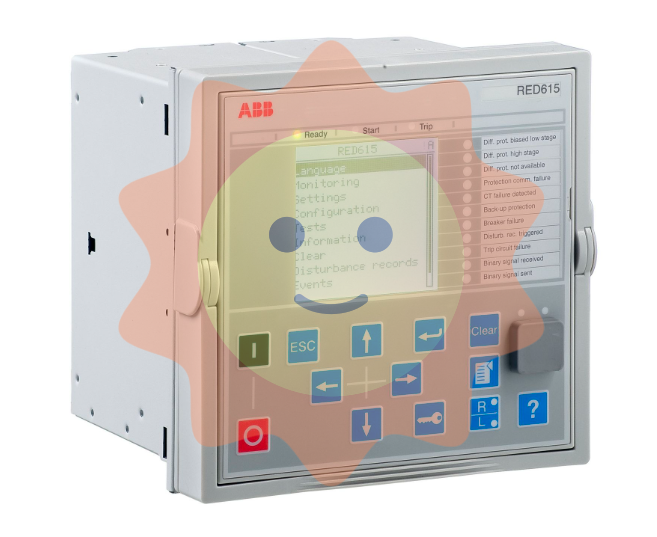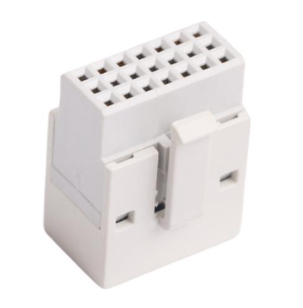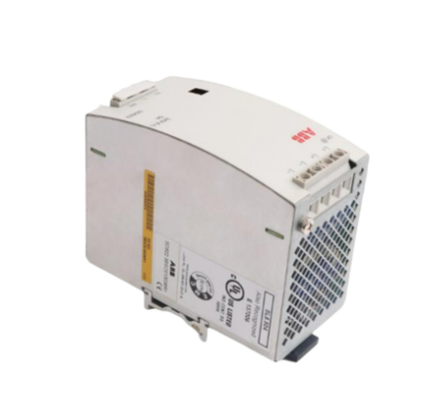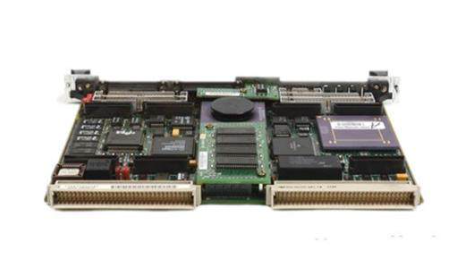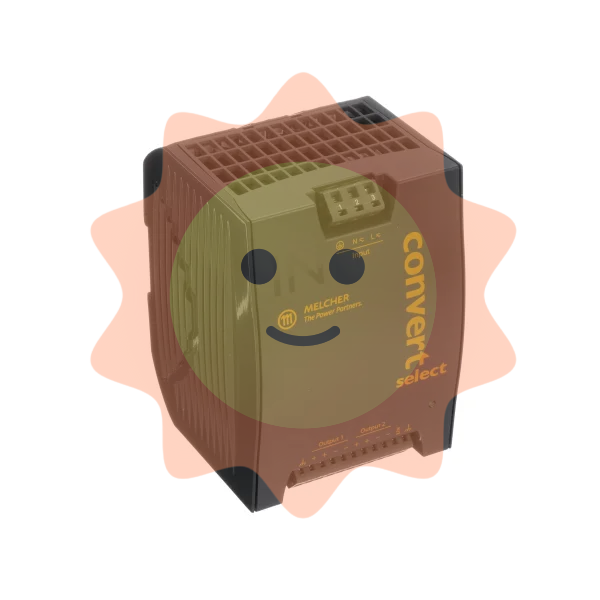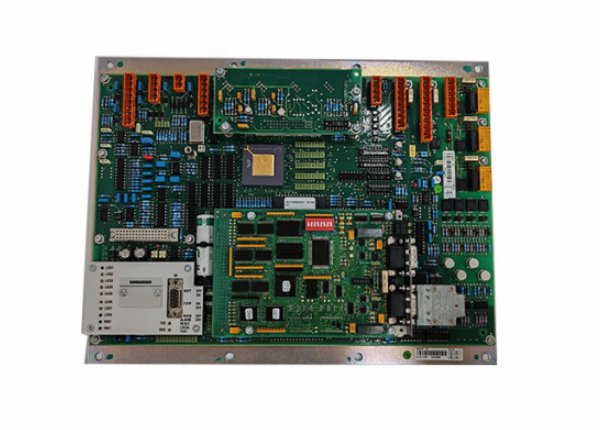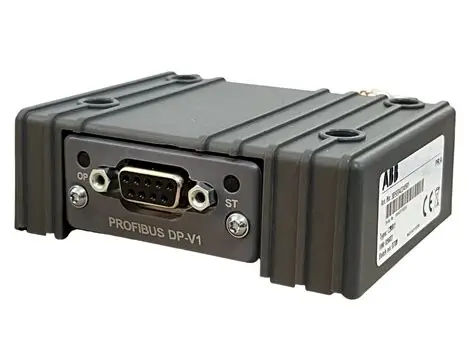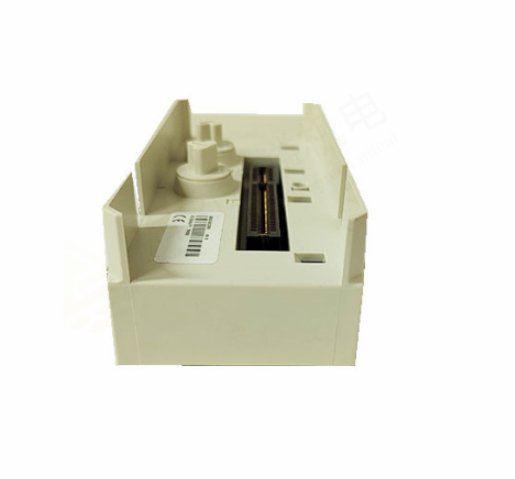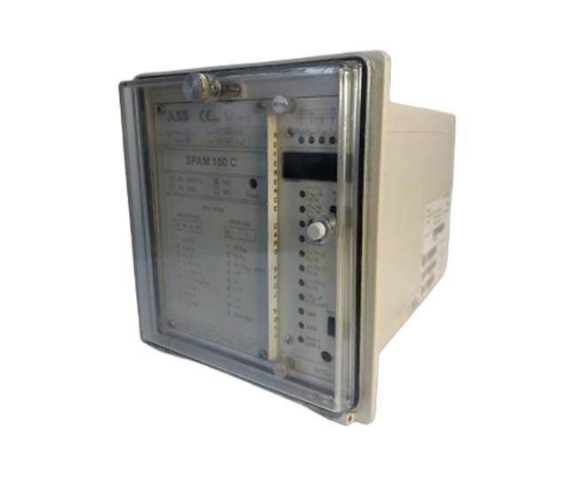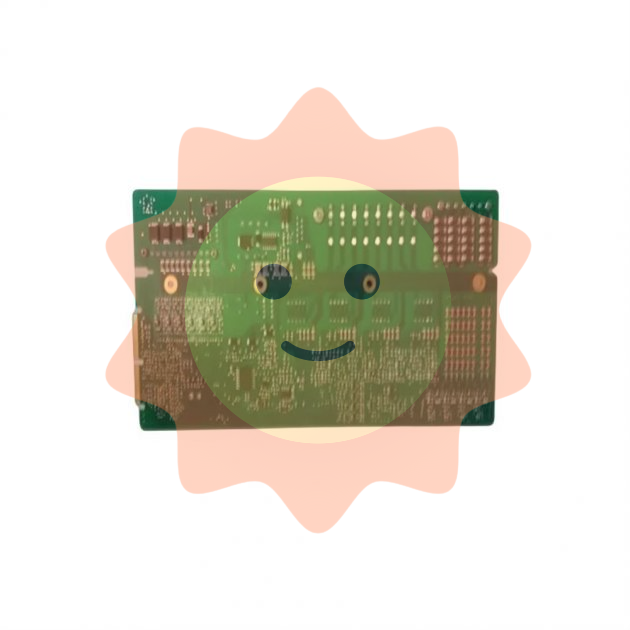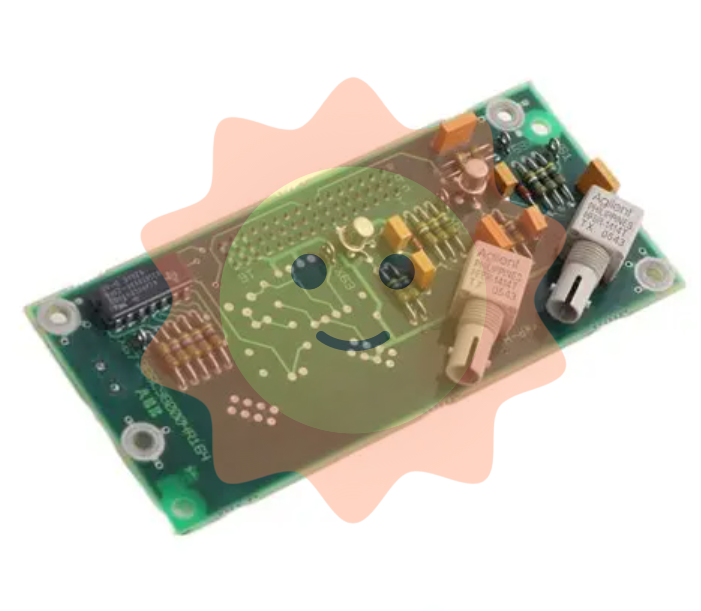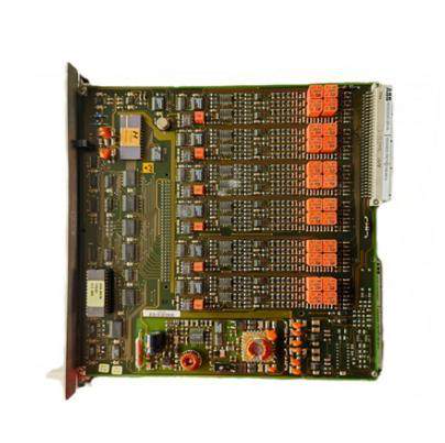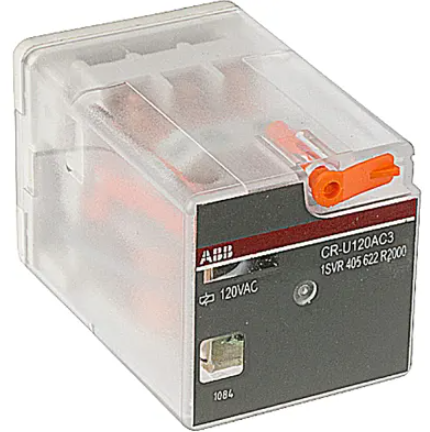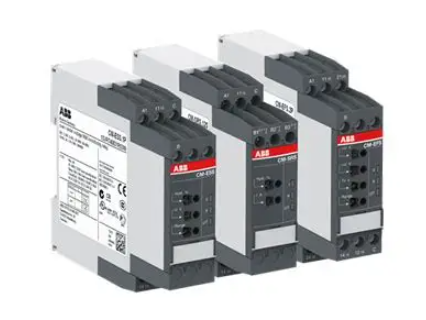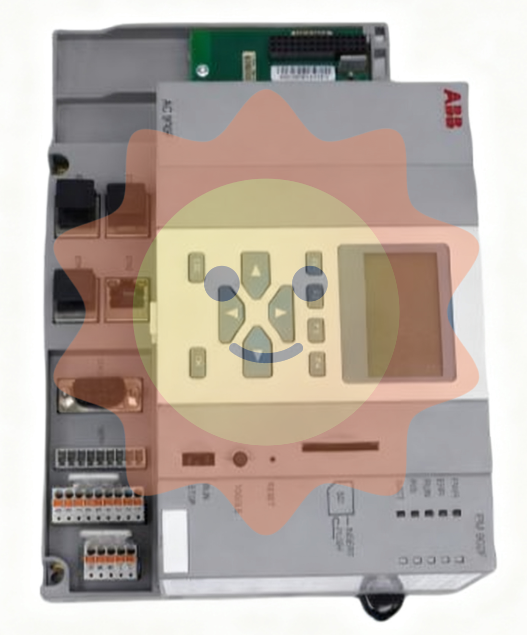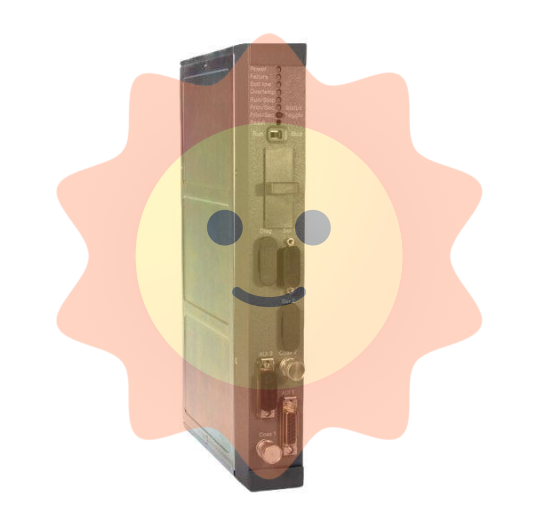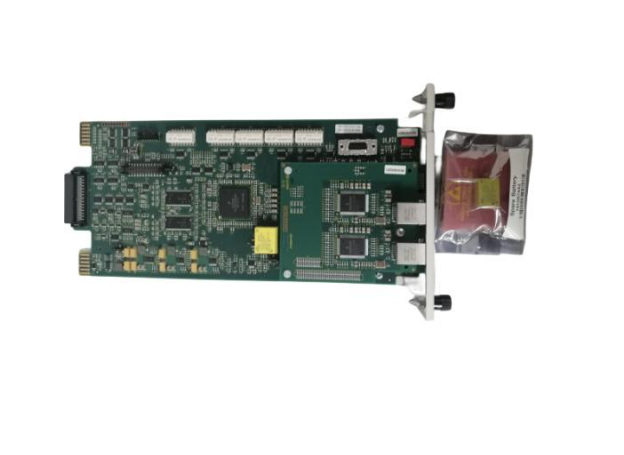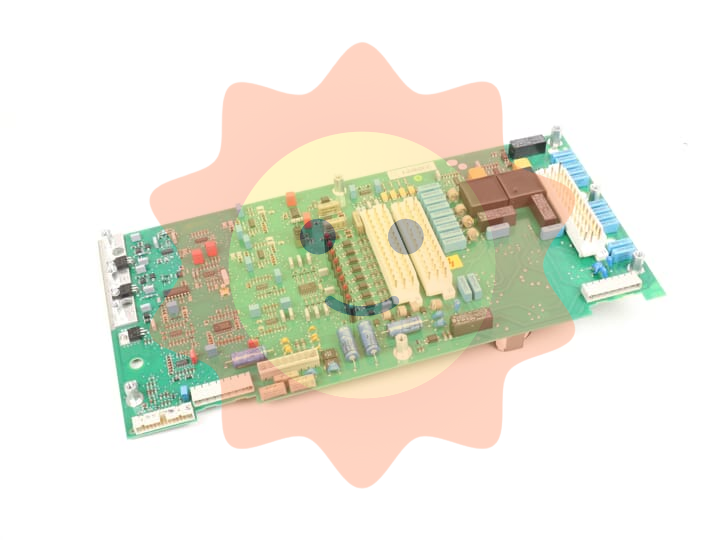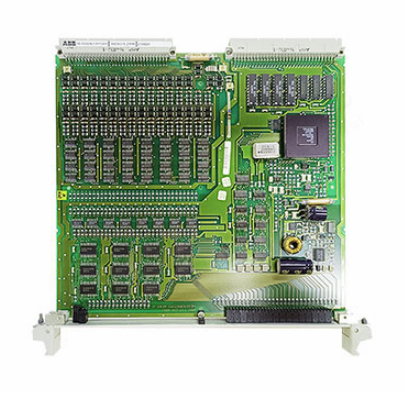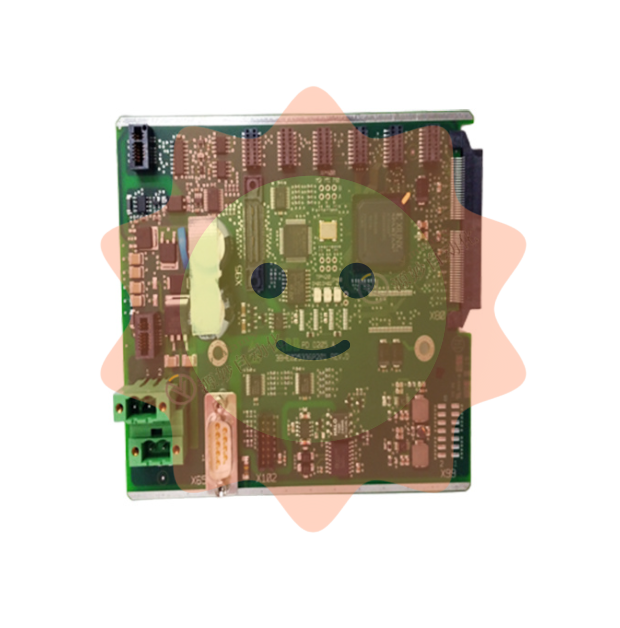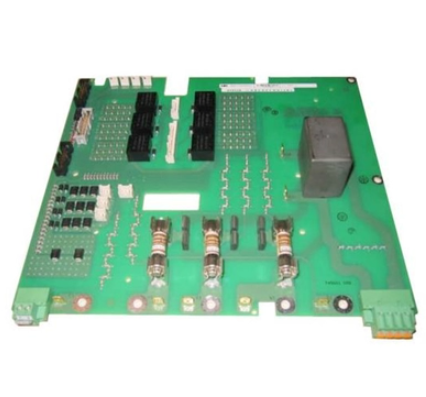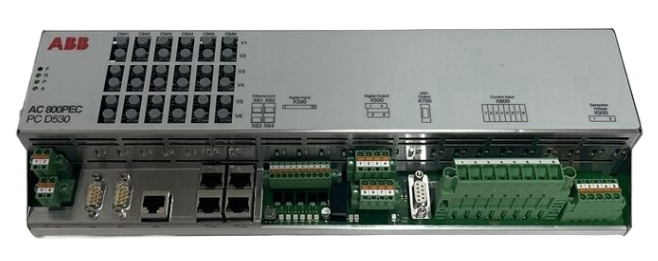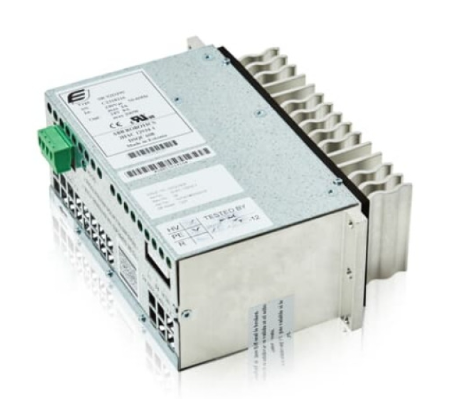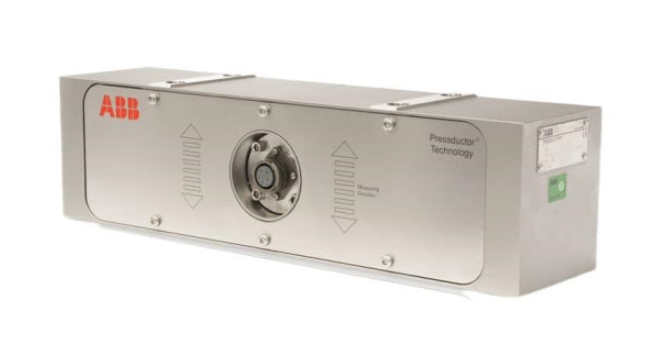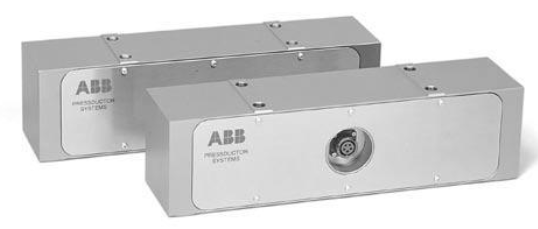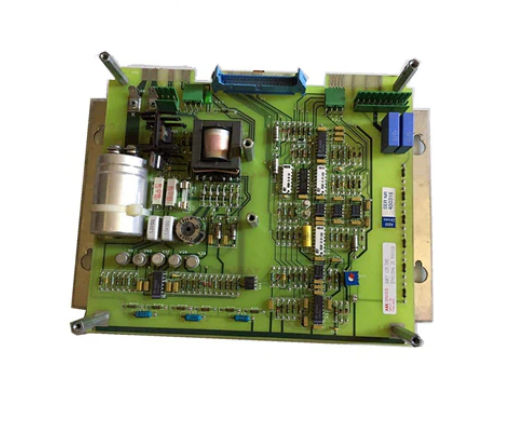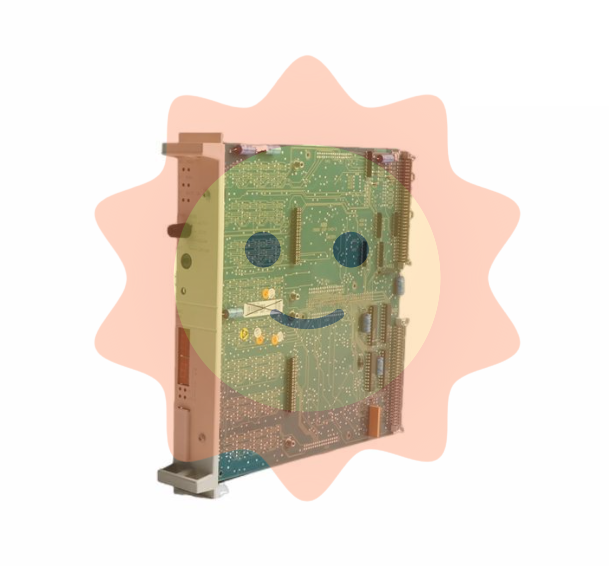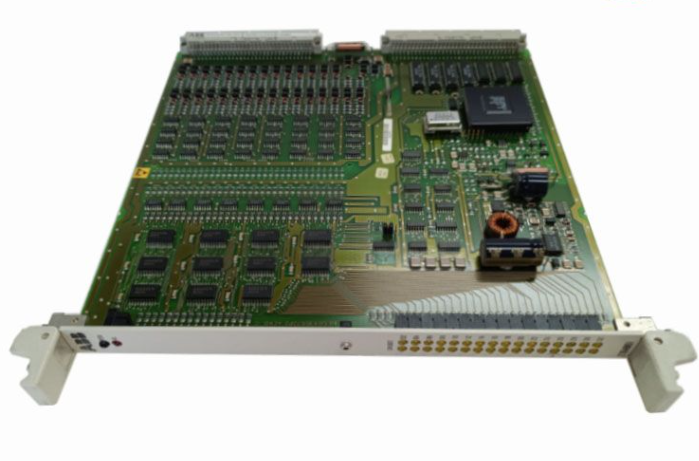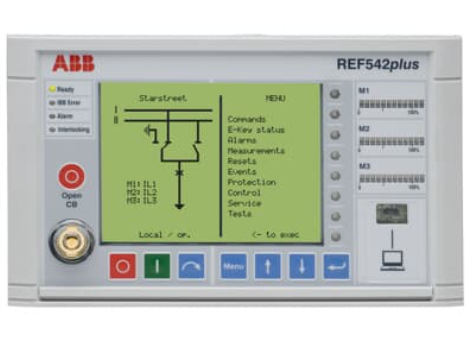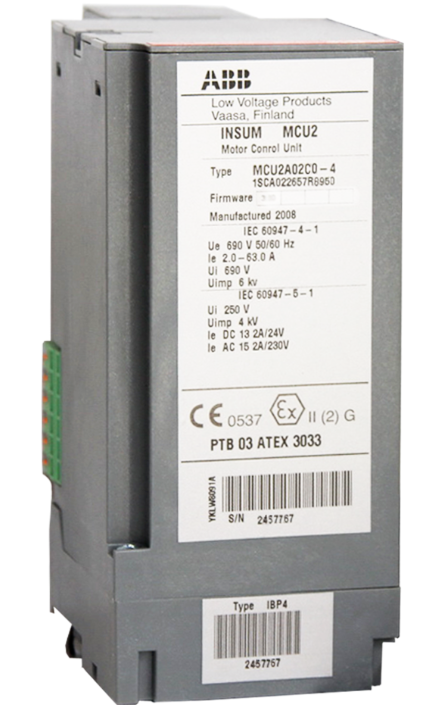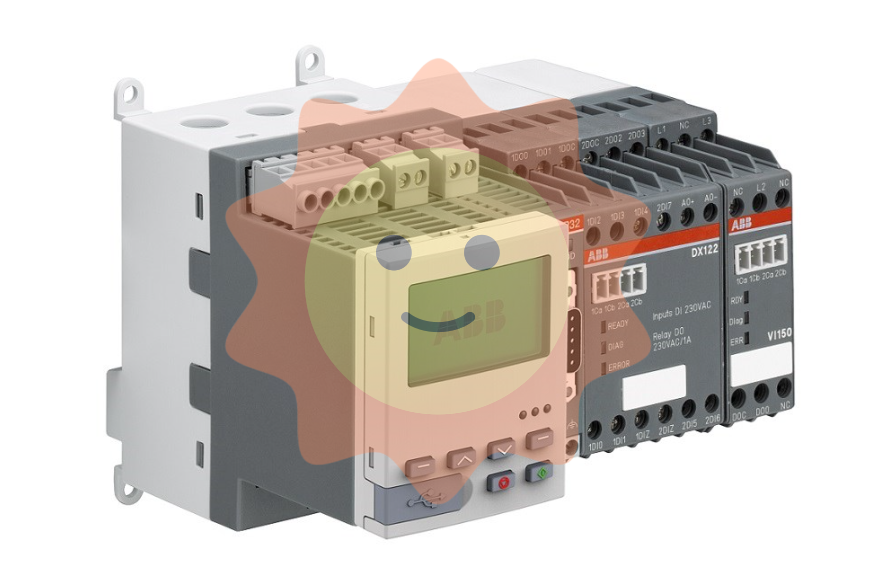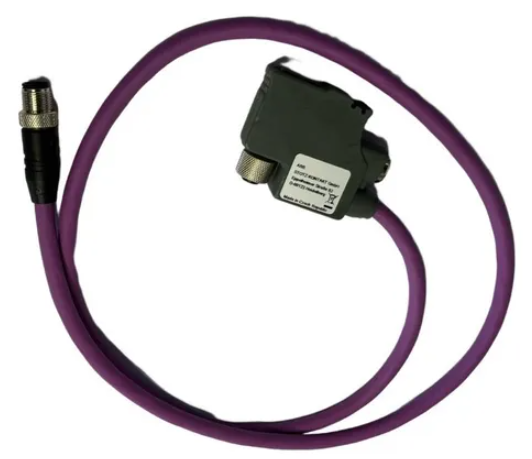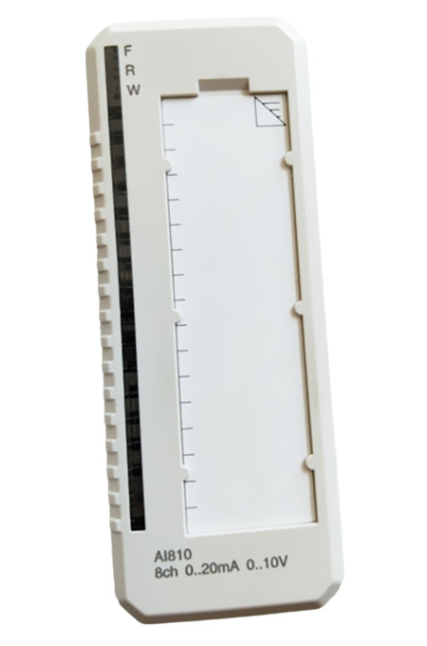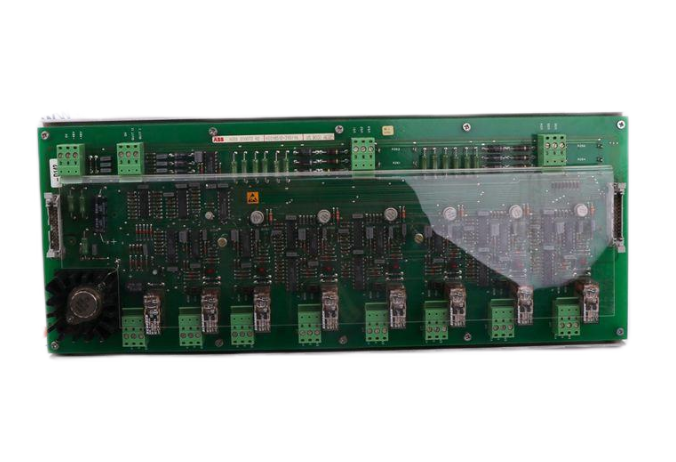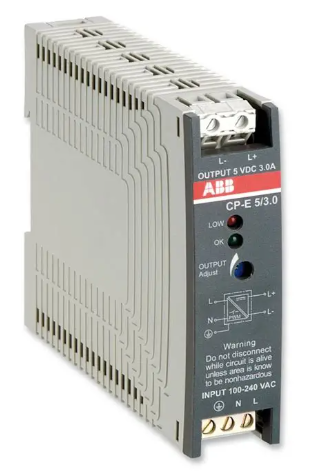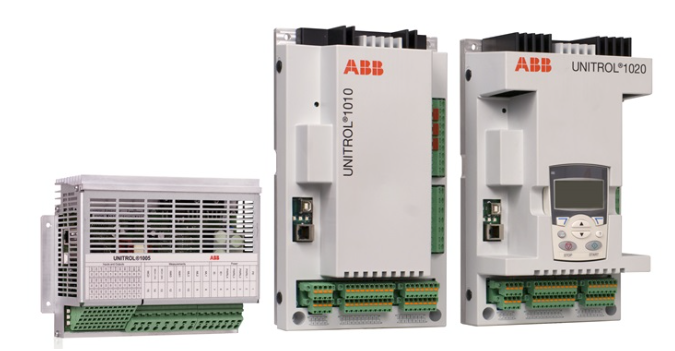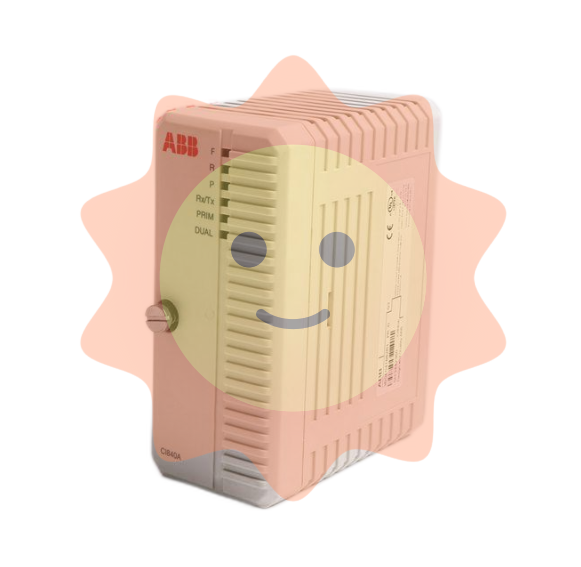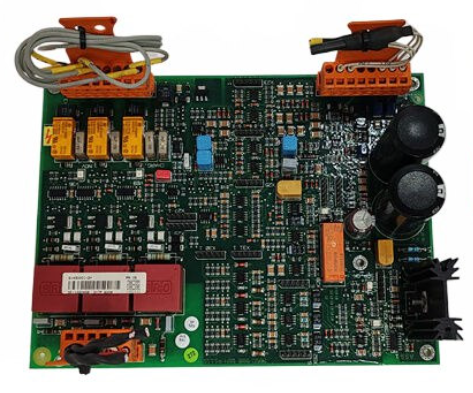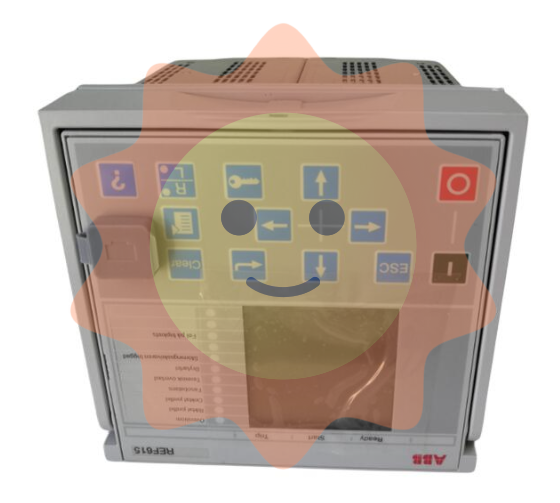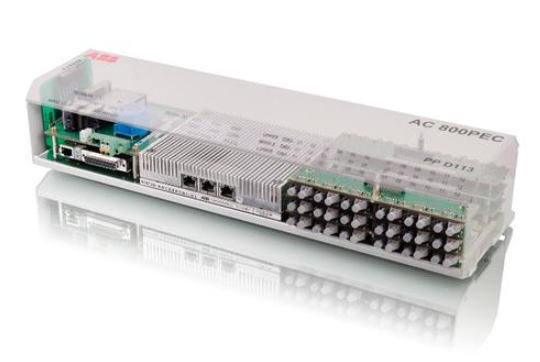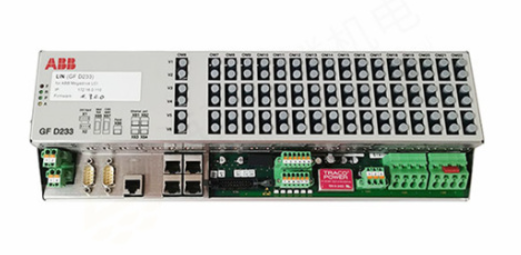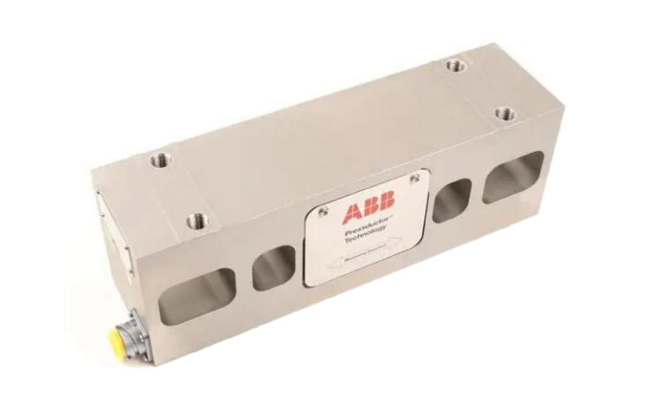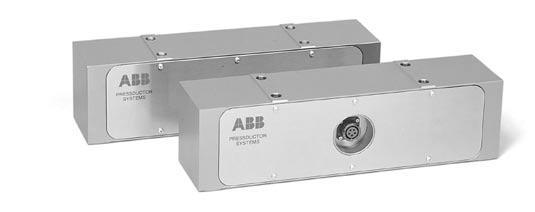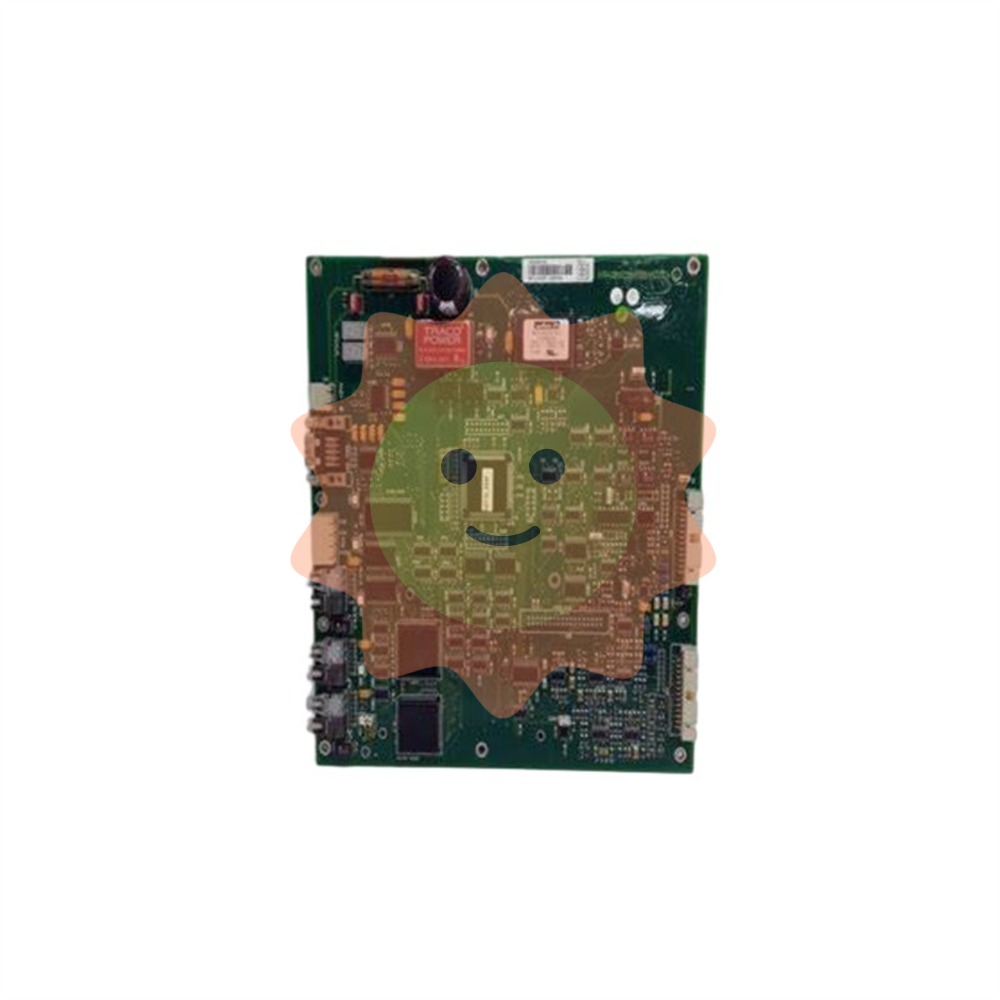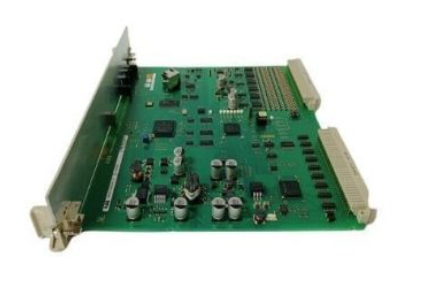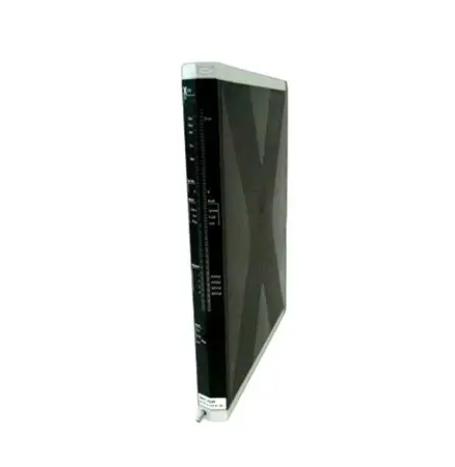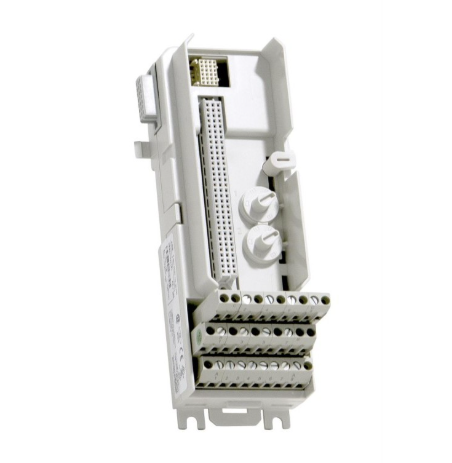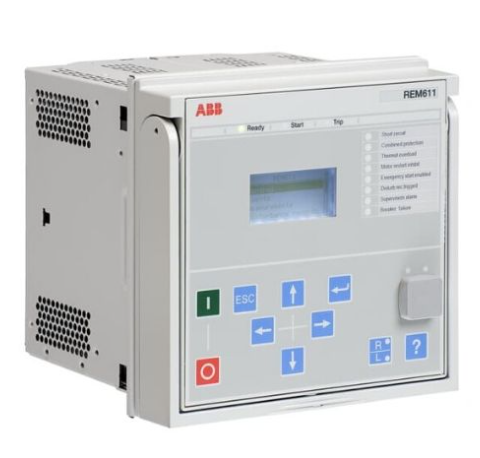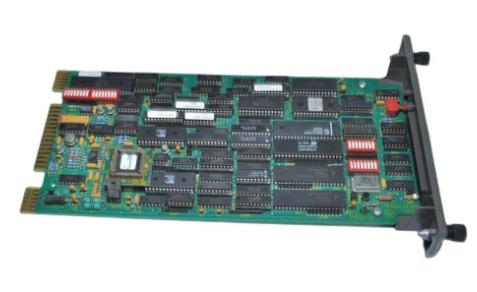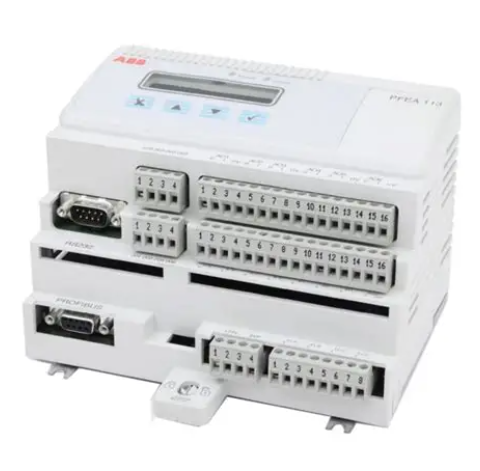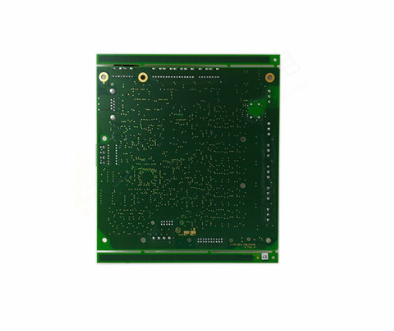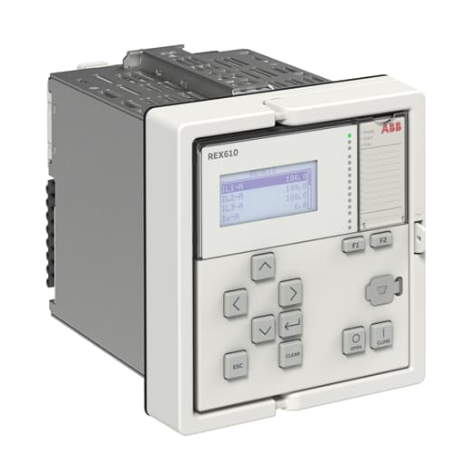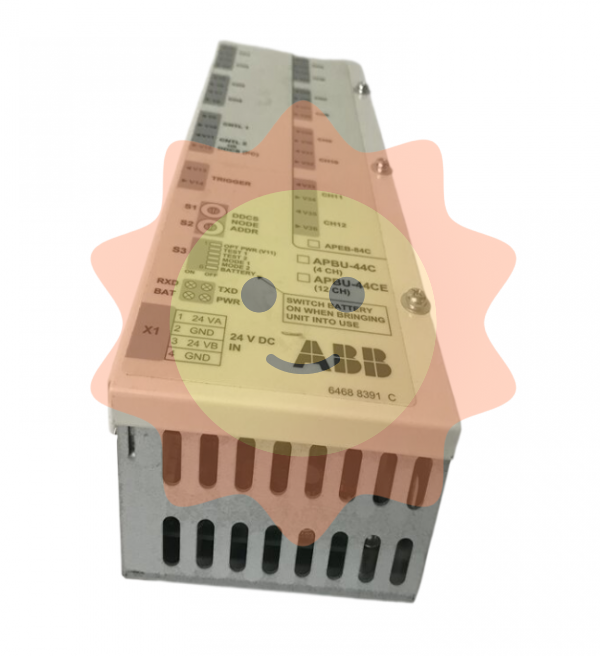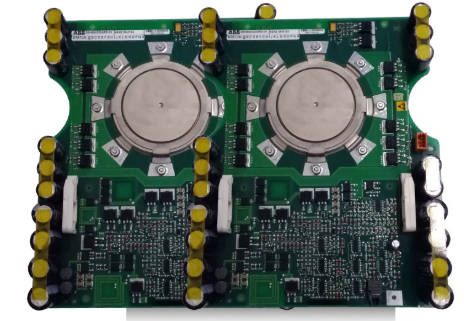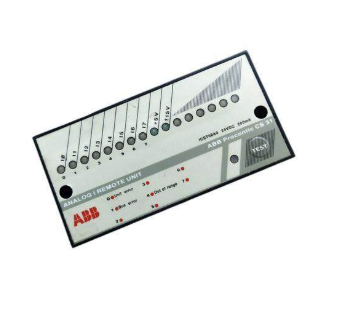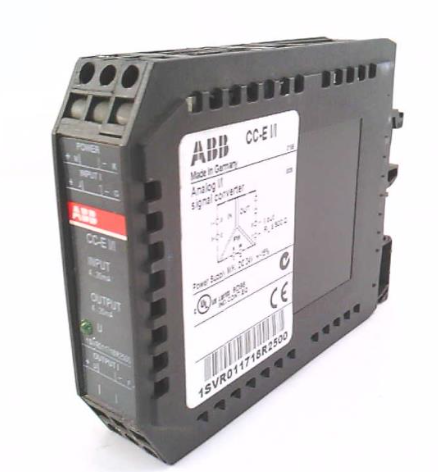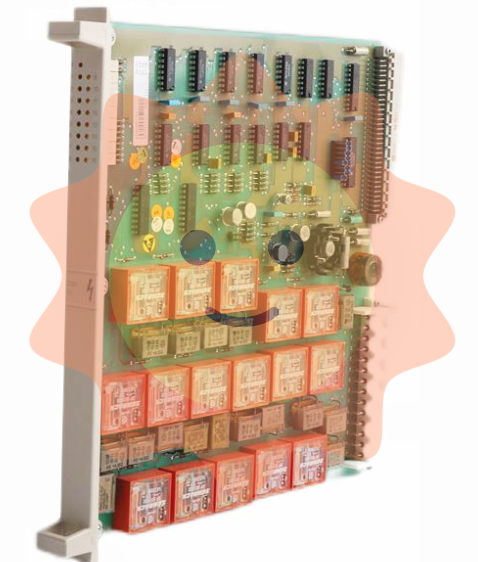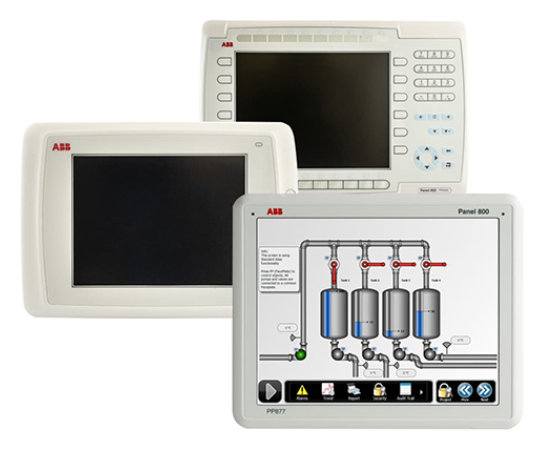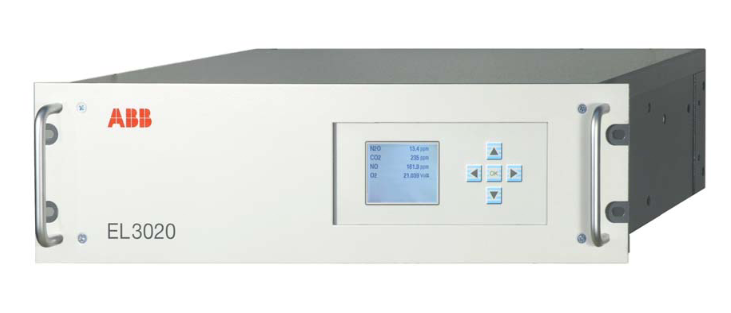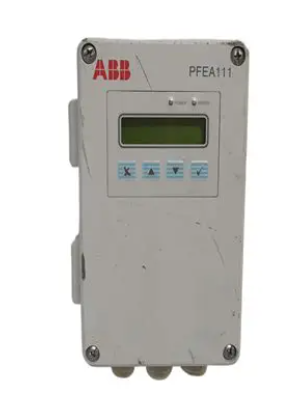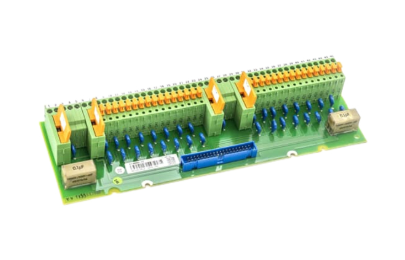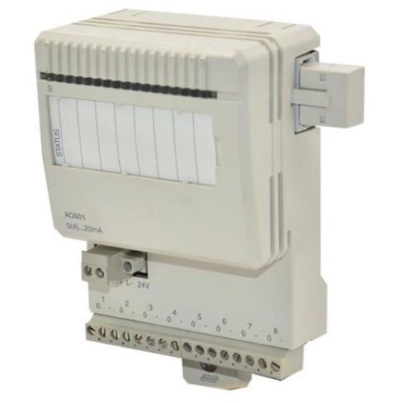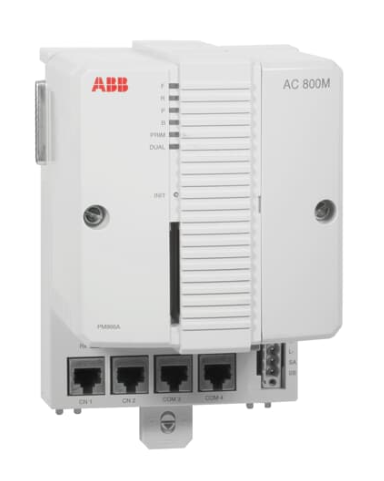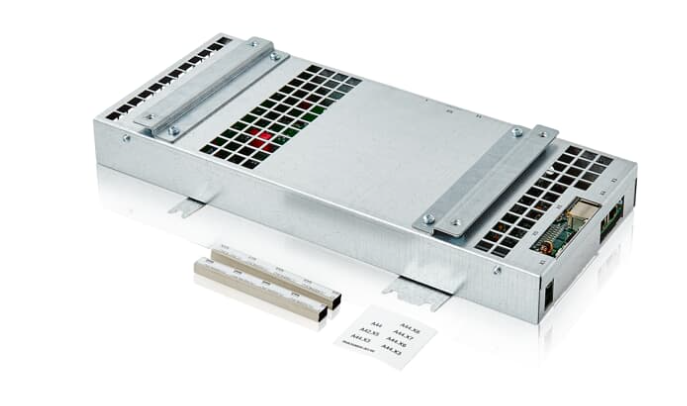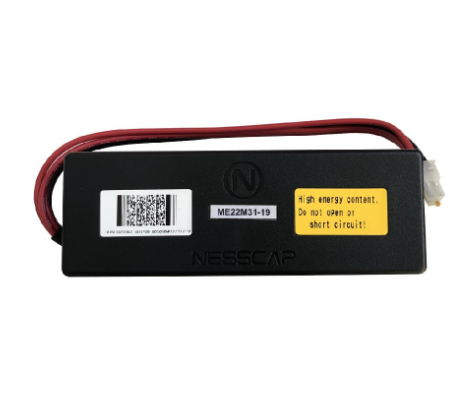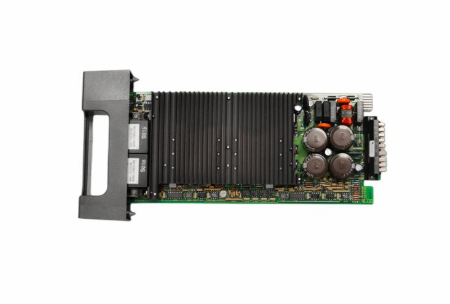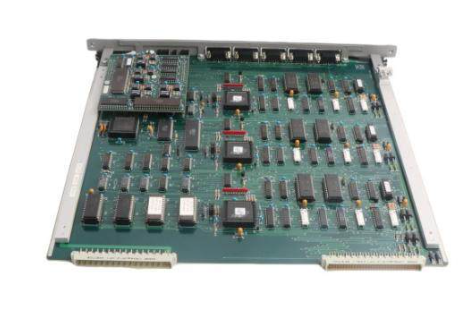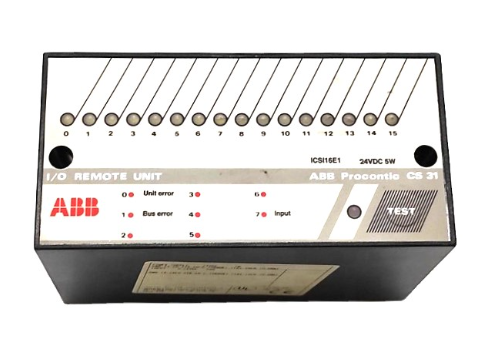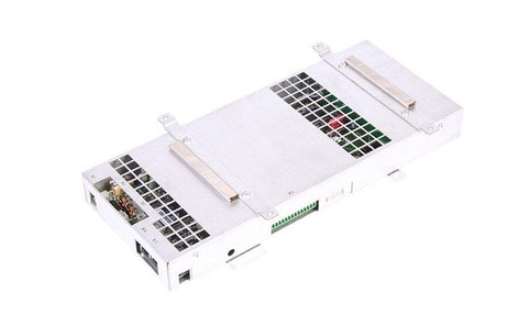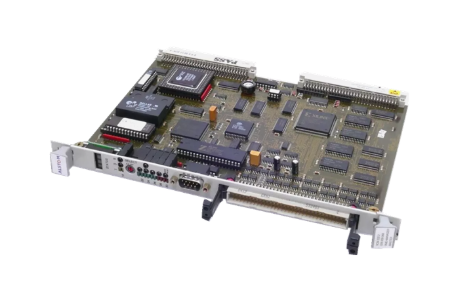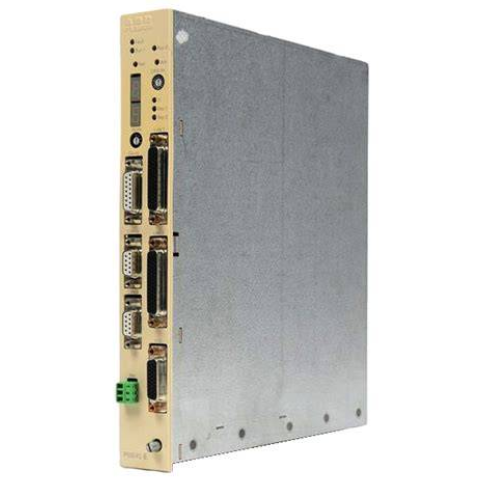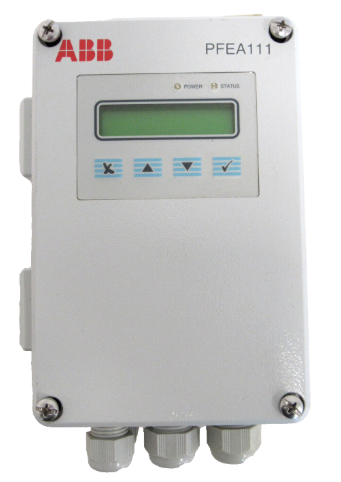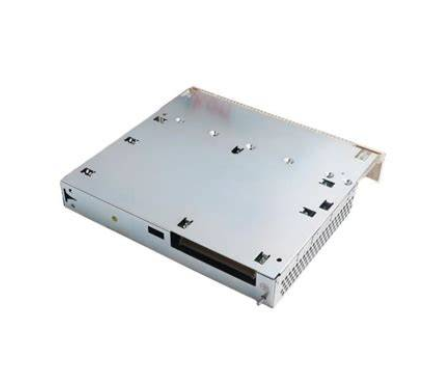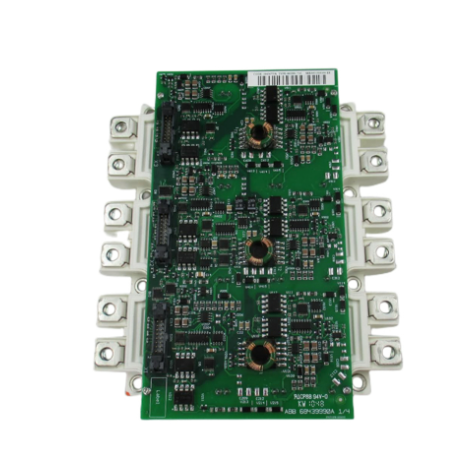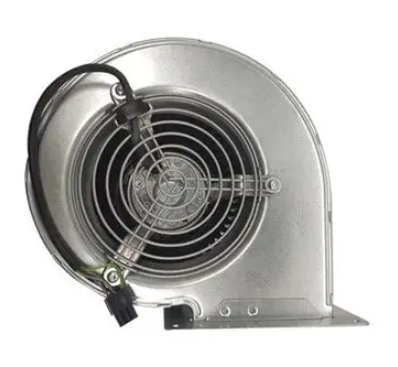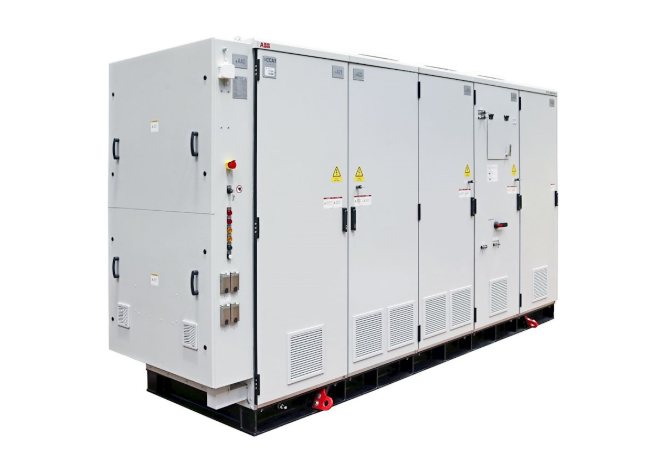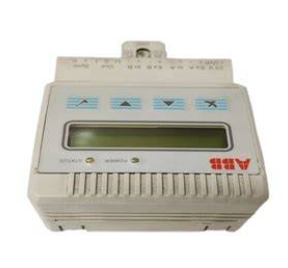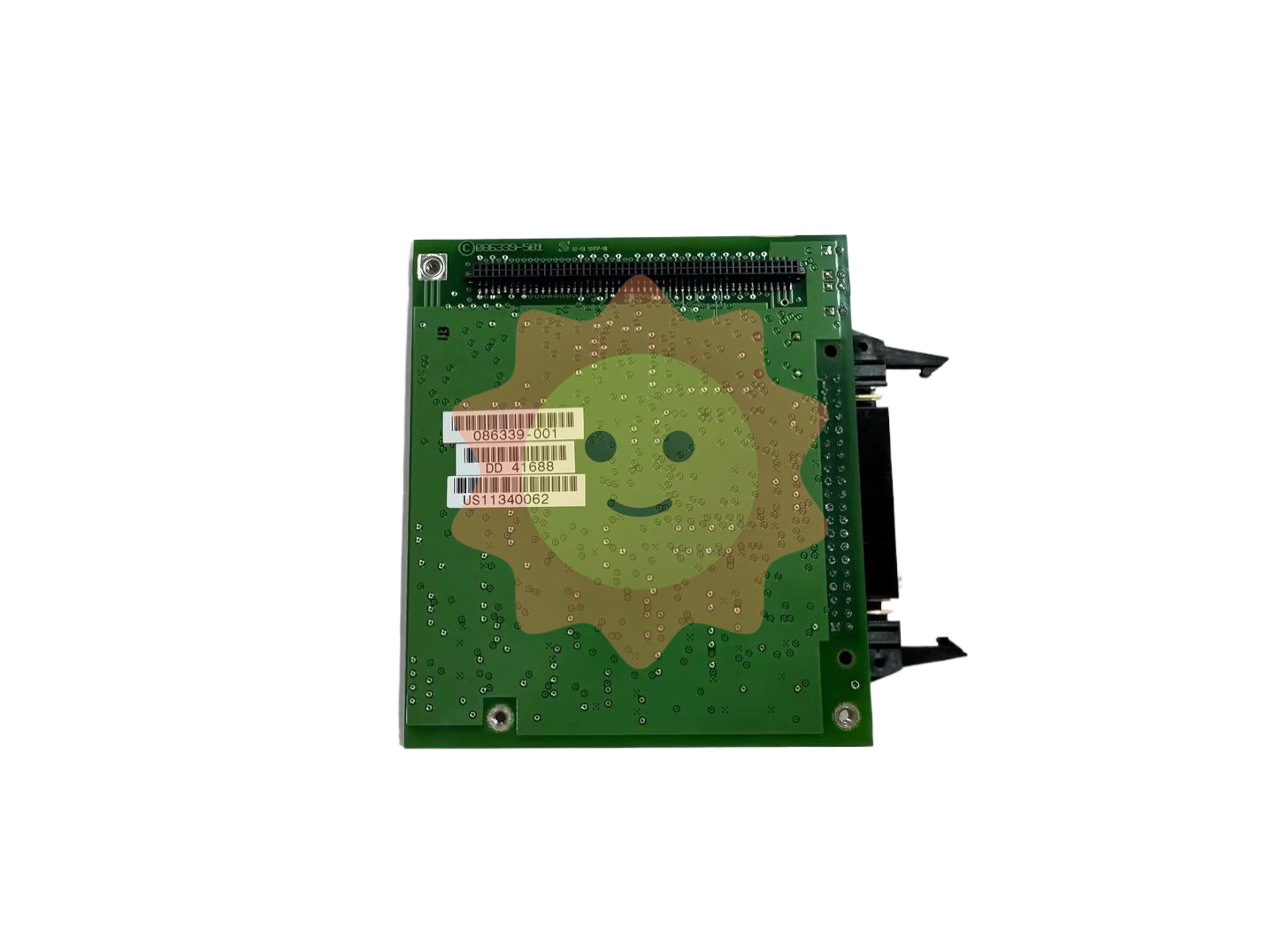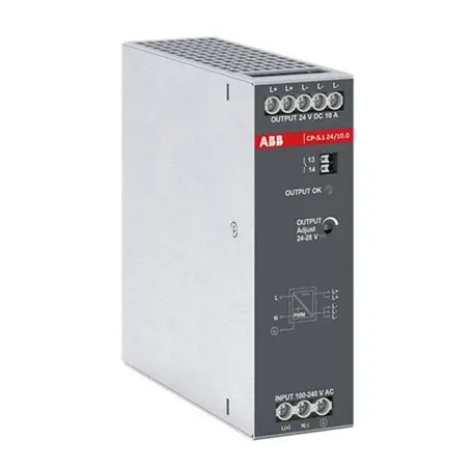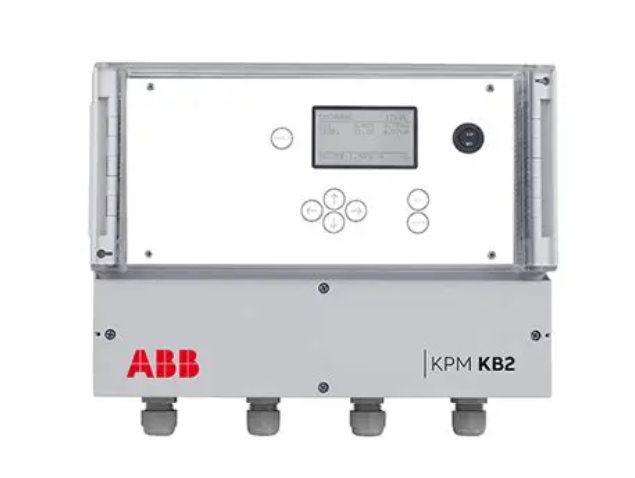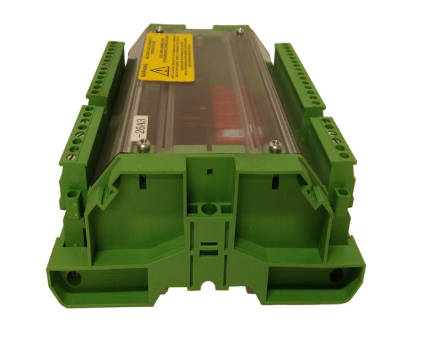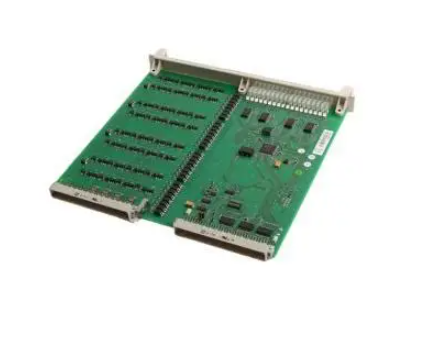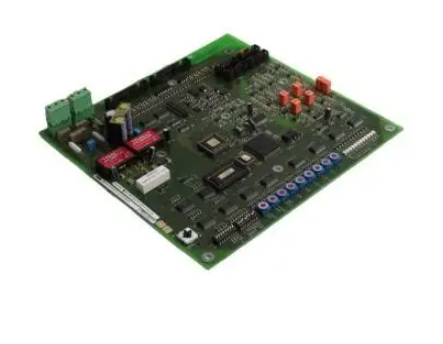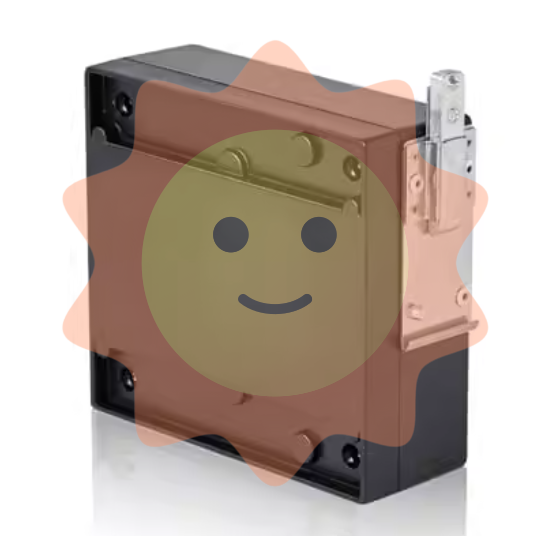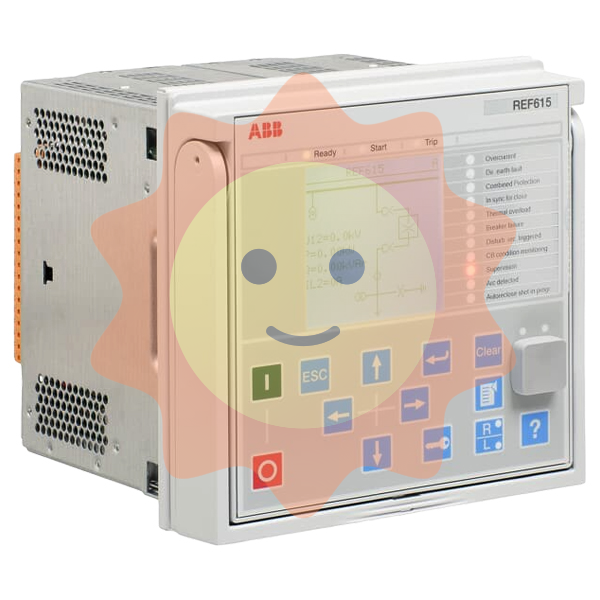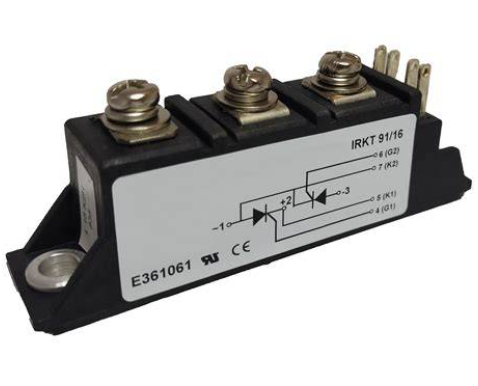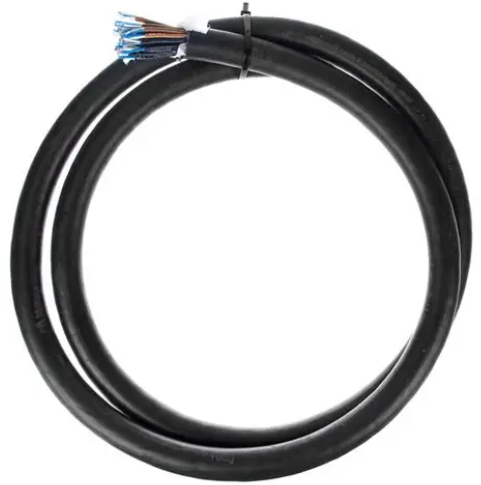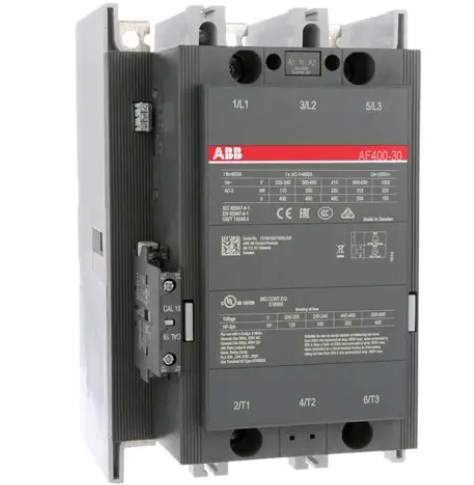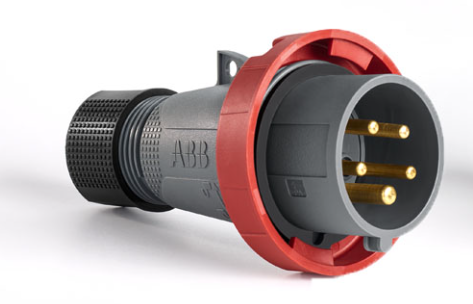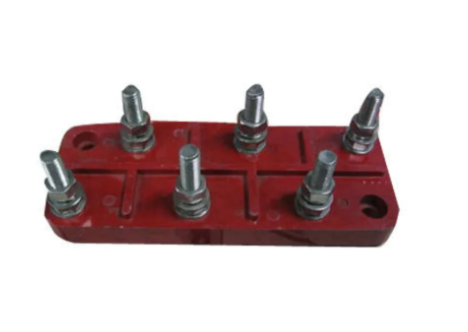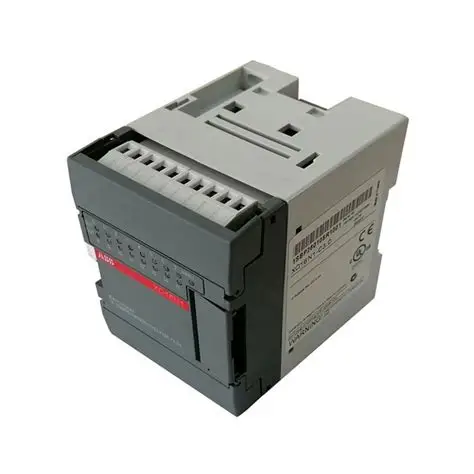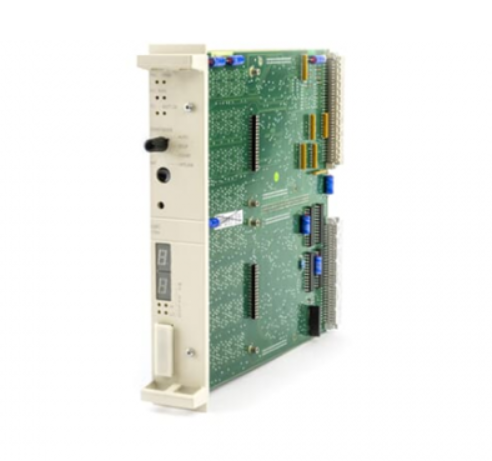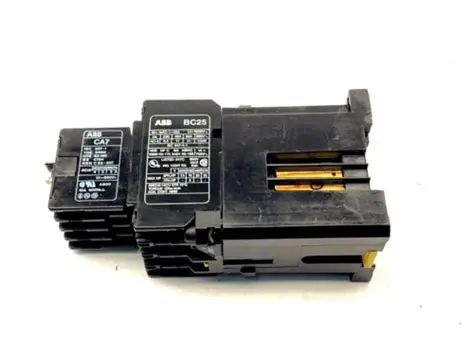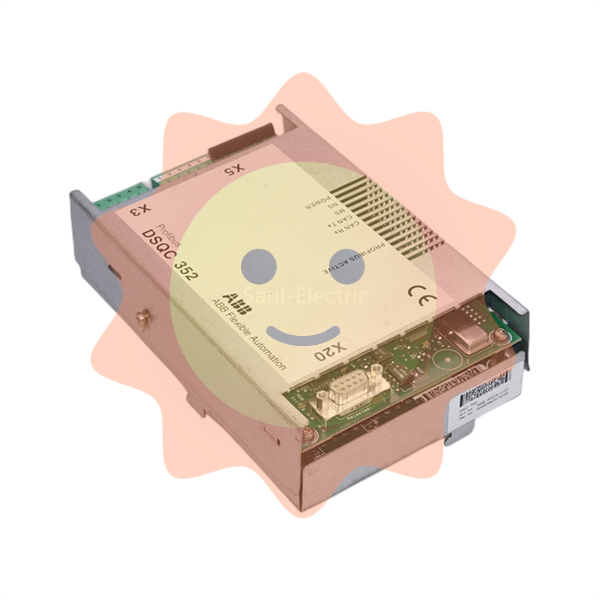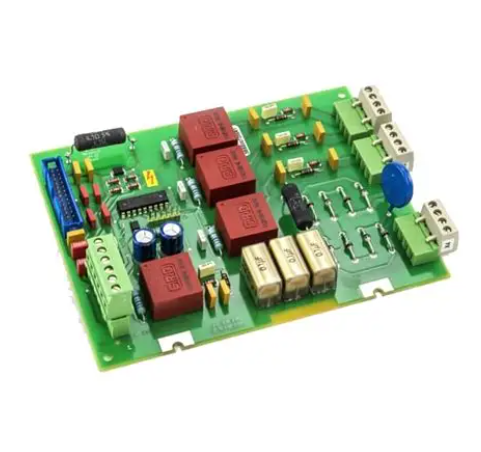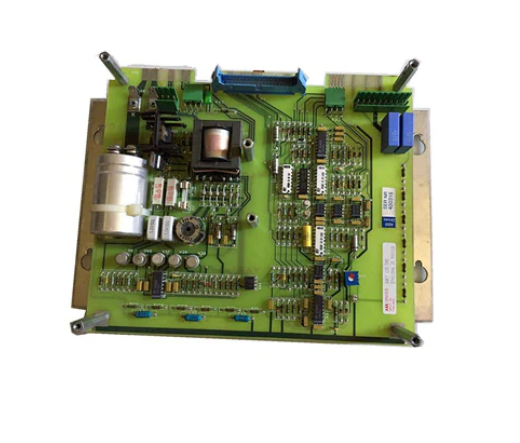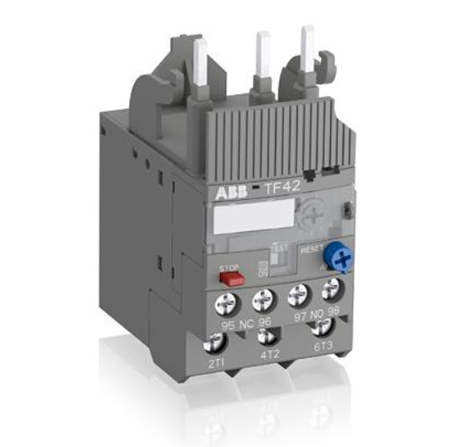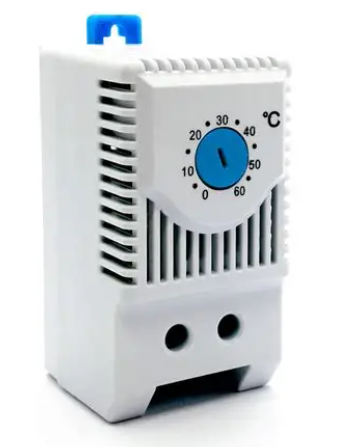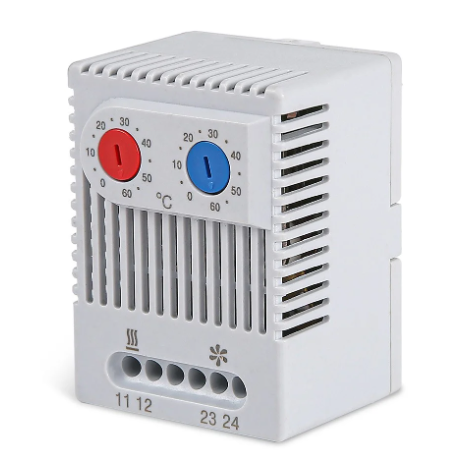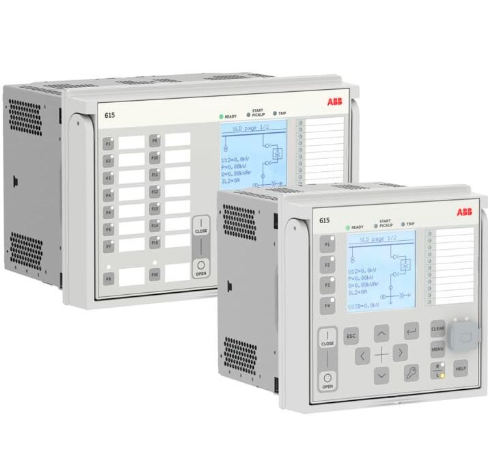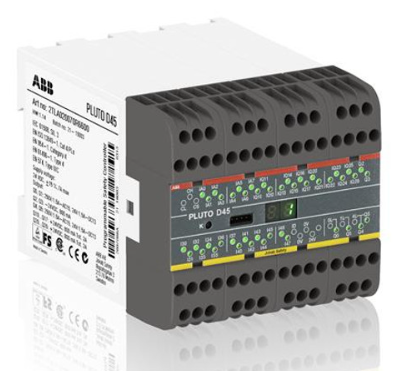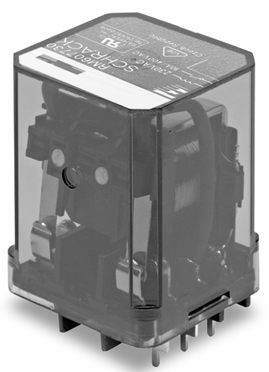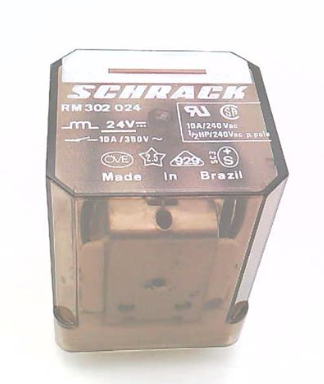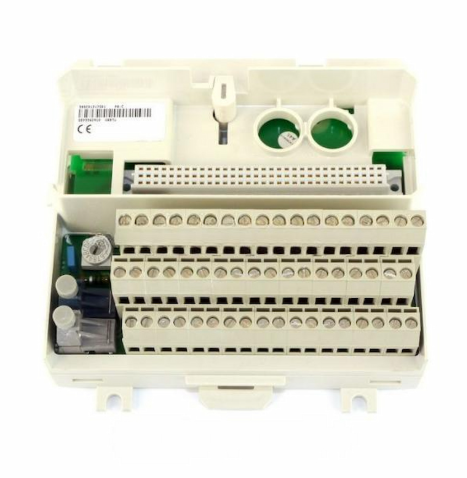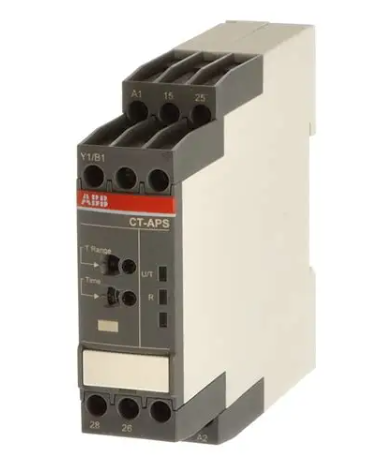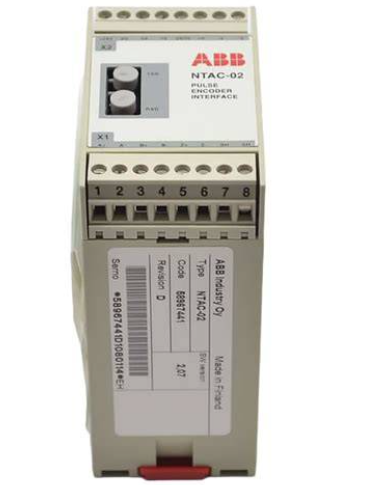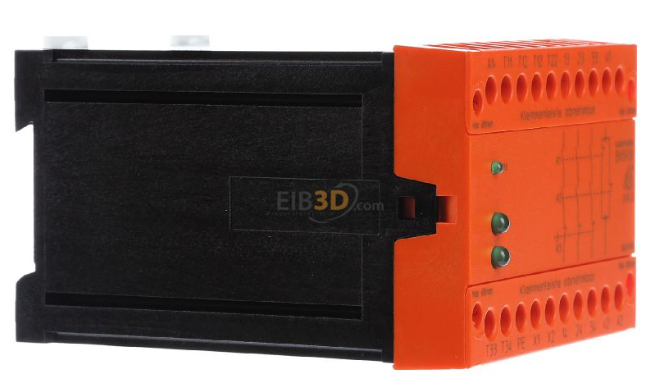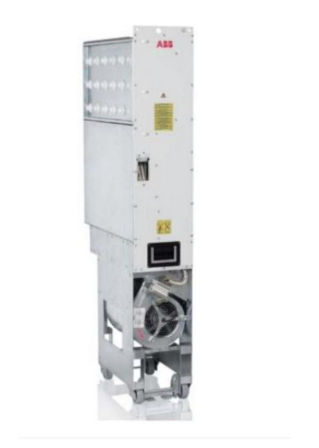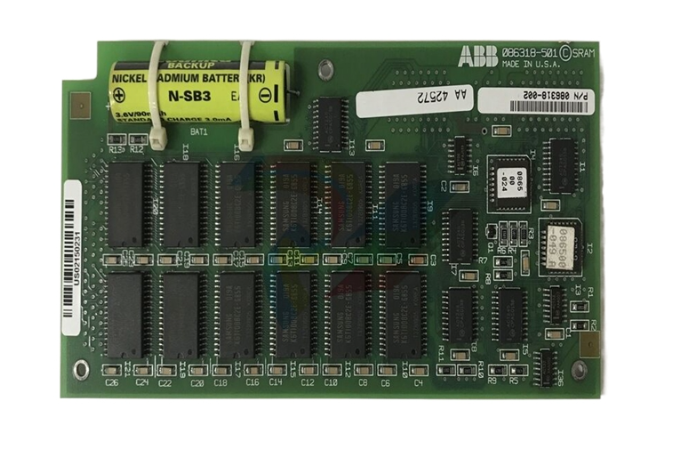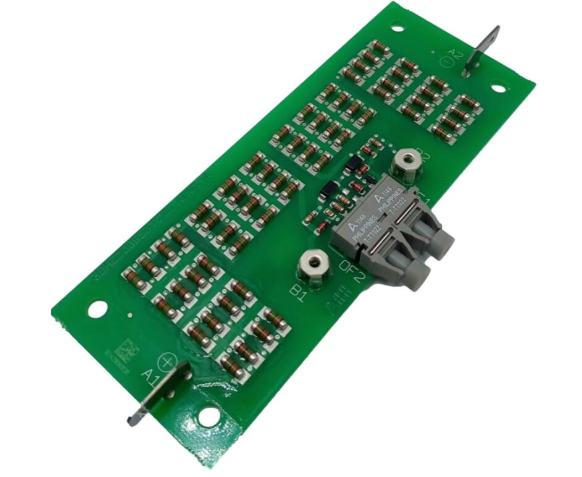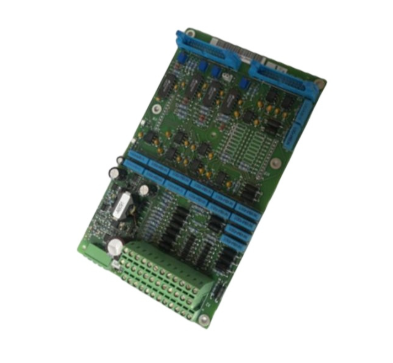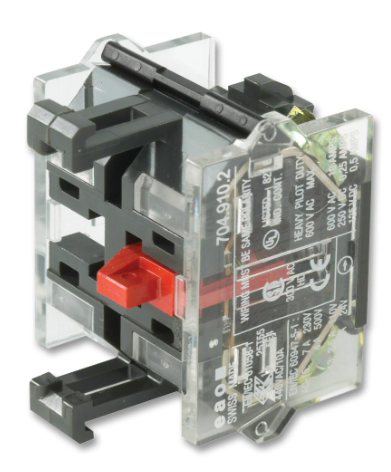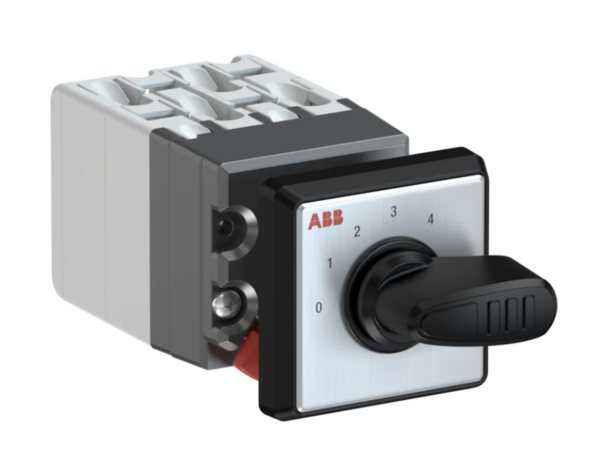Types, characteristics and applications of sewage treatment agents
First, the application field of water treatment agent
Its applications include industrial water, municipal/drinking water treatment, sewage wastewater treatment, and seawater desalination.
In the field of industrial water, it is mainly used in industrial circulating water treatment and industrial boiler water treatment. The chemicals used in industrial circulating water treatment mainly include scale inhibitor, corrosion inhibitor, bactericidal and algicidal agent, cleaning agent and pre-film agent. The common methods of industrial boiler water treatment are water treatment outside the pot and water treatment inside the pot, the main agents used are: corrosion and scale inhibitor, oxygen removal agent, feedwater alkali reduction agent, ion exchange agent, regenerant, softener, alkalicity regulator, scale cleaning agent, etc.
Municipal/drinking water treatment involves water treatment agents generally: bactericides and algaecides, flocculants, corrosion inhibitors, etc.
The water treatment agents involved in sewage treatment are generally flocculant, sludge dehydrating agent, defoamer, chelating agent, decolorizing agent and so on.

The main technologies of seawater desalination include distillation and membrane process. The membrane is easily blocked in use, so it is necessary to add scale inhibitor, detergent, flocculant, scale inhibitor and dispersant to the water. The distillation method is easy to produce scale and thus reduce the evaporation efficiency. Polyphosphate, organic phosphoric acid and phosphate-based polycarboxylic acid can be added to the raw water to soften the water quality, and calcium, magnesium ions and other metal ions can be chelated to make it not easy to precipitate and prevent the formation of scale.
Second, the type of water treatment agent
Water treatment agents include flocculants, corrosion inhibitors, scale inhibitors, biocides, dispersing agents, cleaning agents, pre-film agents, defoaming agents, decolorizing agents, chelating agents, deaerators and ion exchange resins.
1. About flocculants
It is a long talk about flocculants, and it is not easy to remember more, so summarize 3 points, the first point is that flocculants are mainly used to strengthen solid-liquid separation in the field of sewage treatment. The second point is that the flocculation effect can be enhanced by adding coagulant AIDS. The third point is that flocculants are the cheapest and most efficient method of phosphorus removal.
2. About coagulant aid
Summarize 2 points, the first point is that the role of coagulant is to regulate or improve coagulation conditions; The second point is that it can increase the grain size, density and fruity of alum flowers.
3. Corrosion and scale inhibitor
Corrosion and scale inhibitor, as the name suggests, is a water treatment agent that alleviates the scale and corrosion of circulating water equipment such as boilers. The agent is composed of alkaline substance and organic compound, adding corrosion inhibitor to prevent the heating surface from being corroded. The alkaline substance in the reagent, through chemical reaction in the boiler, reacts with the calcium and magnesium salt substances in the water to generate water slag, which is discharged from the boiler through the sewage function after precipitation, reduces the concentration of calcium and magnesium ions in the water, so that the boiler does not generate scale.
4. Cleaning agent
A cleaning agent is a volatile solvent that can dissolve the permeate and is used to remove excess permeate from the surface of the workpiece under test. Some cleaning agents are specifically designed to remove metal hydroxides, calcium carbonate and other similar scales attached to the surface of polyamides, polysulfones and film components. Check the cleaning tank, piping and security filter and install a new filter element before using the cleaning agent.
5. Fungicide
Fungicide is mainly a kind of medicine to destroy harmful bacteria such as bacteria and microorganisms. In the world, it is usually used as a general term for the prevention and treatment of various pathogenic microorganisms.

Common techniques:
1) Sterilization and disinfection: The disinfection method of water can be divided into two kinds: chemical and physical. Physical disinfection methods include heating method, ultraviolet method, ultrasonic method, etc. Chemical methods chlorine method, ozone method, heavy metal ion method and other oxidizing agent method.
2) Magnetization: The use of magnetic field effect for the treatment of water, known as the magnetization of water.
3) Precision filtration technology: microporous filter element and filter membrane made of special materials use their uniform aperture to trap particles, bacteria, etc., so that they can not be removed and trapped through the filter element and filter membrane. Precision filtration is capable of filtering micrometer (μm) or nanometer (nm) particles and bacteria. It is also widely used in the deep treatment of water.
4) Ultrafiltration technology: Ultrafiltration is a membrane separation technology. That is, under a certain pressure (the pressure is 0.07-0.7Mpa, the maximum is not more than 1.05Mpa), water flows on the surface of the membrane, water and dissolved salts in and other electrolytes are tiny particles, can penetrate the ultrafiltration membrane, and large molecular weight particles and colloidal substances are blocked by the ultrafiltration membrane, so that some of the particles in the water are separated technology. The pore size of the ultrafiltration membrane is determined by the retention test of a substance of a certain molecular weight, and the numerical value of the molecular weight is expressed.
- EMERSON
- Honeywell
- CTI
- Rolls-Royce
- General Electric
- Woodward
- Yaskawa
- xYCOM
- Motorola
- Siemens
- Rockwell
- ABB
- B&R
- HIMA
- Construction site
- electricity
- Automobile market
- PLC
- DCS
- Motor drivers
- VSD
- Implications
- cement
- CO2
- CEM
- methane
- Artificial intelligence
- Titanic
- Solar energy
- Hydrogen fuel cell
- Hydrogen and fuel cells
- Hydrogen and oxygen fuel cells
- tyre
- Chemical fiber
- dynamo
- corpuscle
- Pulp and paper
- printing
- fossil
- FANUC
- Food and beverage
- Life science
- Sewage treatment
- Personal care
- electricity
- boats
- infrastructure
- Automobile industry
- metallurgy
- Nuclear power generation
- Geothermal power generation
- Water and wastewater
- Infrastructure construction
- Mine hazard
- steel
- papermaking
- Natural gas industry
- Infrastructure construction
- Power and energy
- Rubber and plastic
- Renewable energy
- pharmacy
- mining
- Plastic industry
- Schneider
- Kongsberg
- NI
- Wind energy
- International petroleum
- International new energy network
- gas
- WATLOW
- ProSoft
- SEW
- wind
- ADVANCED
- Reliance
- YOKOGAWA
- TRICONEX
- FOXBORO
- METSO
- MAN
- Advantest
- ADVANCED
- ALSTOM
- Control Wave
- AB
- AMAT
- STUDER
- KONGSBERG
- MOTOROLA
- DANAHER MOTION
- Bently
- Galil
- EATON
- MOLEX
- Triconex
- DEIF
- B&W
- ZYGO
- Aerotech
- DANFOSS
- KOLLMORGEN
- Beijer
- Endress+Hauser
- MOOG
- KB
- Moxa
- Rexroth
- YAMAHA
- Johnson
- Westinghouse
- WAGO


Email:wang@kongjiangauto.com

